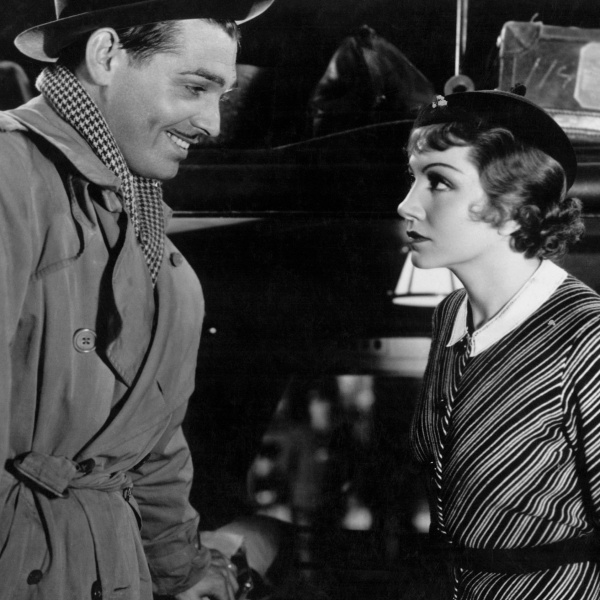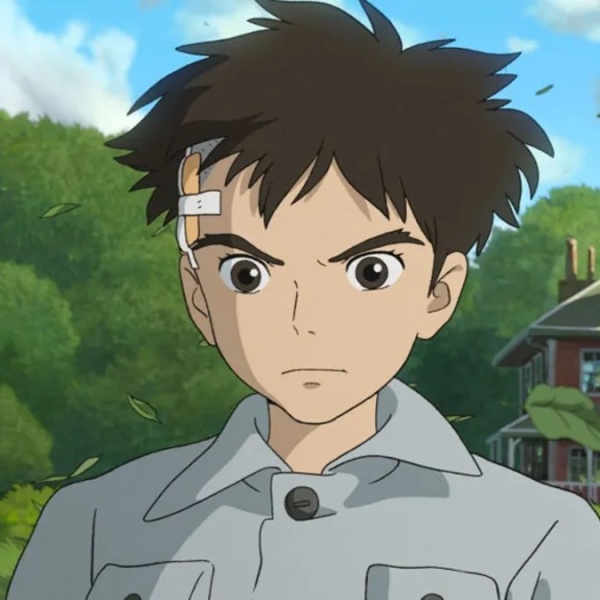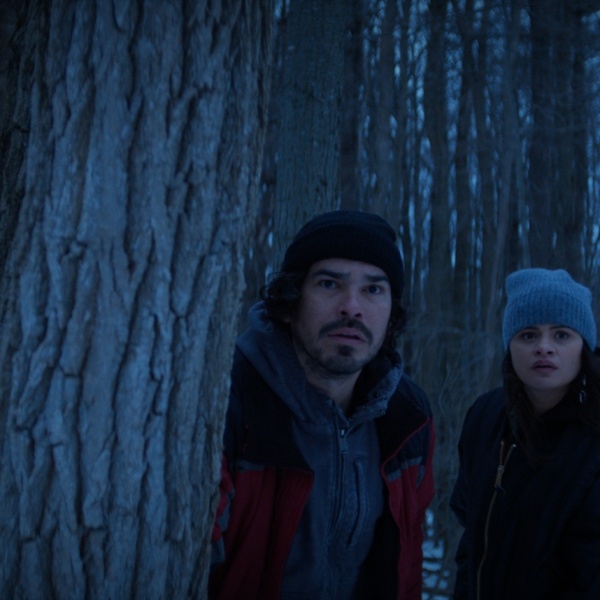
Imagine an alternate universe where Jerry Schatzberg‘s underrated 1973 Palme d’Or-winning “Scarecrow” was a goofy comedy with Bill Cosby and Jack Lemmon (for further fun, imagine “Panic in Needle Park” in the same way). It sounds silly, but it could’ve happened had the stars lined up differently.
In late February, New York’s non-profit indie theater Film Forum hosted a retrospective of Al Pacino films, focusing solely on his most consistent decade. The director was kind enough to appear for a Q&A after a recent screening of “Scarecrow” (which, if you haven’t seen, should obviously queue promptly for a performance by Pacino and Gene Hackman unlike any they’ve done before) and here is a digested list of intriguing tidbits that the smokey-voiced cat let out.
1. Bill Cosby and Jack Lemmon were the first choices for the film.
Originally set up at United Artists, Schatzberg’s 70s gem originally had a much different approach, to say the least. “Before I was involved the script was somewhere else first, at United Artists. I think it was Bill Cosby and Jack Lemmon originally attached, but after it went to Warner Bros, and Al and Gene got involved.” Right, no thanks. Not that there’s anything wrong with the previously linked two, but it’d certainly be a radically different film instead of the gritty, playful picture we have now.
2. Considering the talent, the original script was understandably more slap-stick.
Going hand in hand with the original casting of legendary comedic actors, the original script was less “American Renegade 70s” and more… well… “Three’s Company.” “The way it was written was a little bit like college pratfalls and the like, which was not my humor.” A long process involving a new writer who rewrote every last word caused Schatzberg to rework the script himself, incorporating his humor and using writer Garry Michael White’s original draft. Despite the terrific end product and the Cannes endorsement, White still felt a bit removed from it. “Gary, at the end, said it was a good film but not his film… writers get possessive.”
3. The director cast Hackman’s brother to teach the actor a lesson.
Hackman, who will even admit it himself, is difficult to work with and claims to “never get along with directors.” Here, the grump had a problem with Pacino’s method acting, and even one of the bit actors, which ended up leading to very amusing ad-libbing. “I did hire the actress in the first scene, the coffee shop, and for some reason Gene didn’t really like her. I told him, you know, that’s not really for you to decide. That’s why he ad libbed ‘Is this your first day’…It was real.” His attitude attacked everyone on set, though, even his stand-in brother, so in retaliation the filmmaker gave Richard Hackman a small part. “I didn’t like how he treated him so I decided to give him a part in the film. Gene was delighted! He started helping him… they became brothers,” he laughed. Richard later went on to another small part in “The Conversation,” but after that and a small amount of stunt work he left the spotlight to Gene.
4. Schatzberg cries in the editing room.
When asked why the American independent scene of the 70s is full of downer endings, Jerry simply giggled. “My agent told me that downers weren’t doing well at the box office, so I tried to do a few uppers, and it didn’t work. I’m not the chemist for that. But there is something in the human condition that attracts me.” In fact, the only time he hasn’t cried during “Scarecrow” was this recent screening. “I like to cry in my films, I sit in the editing room crying sometimes because something just really hits me. The scene where Al calls his wife, oof, I think tonight is the first time I didn’t cry.” Kidding aside, the aforementioned scene is both understated and a gut-punch, one of the few reserved Pacino moments that should be heralded over his post-“Dog Day Afternoon” loud mouth moments.
5. A young and frankly naive Pacino was convinced that this was not “his” movie.
As for whose “movie” this is, that’s a question better off for the birds. It’s absolutely a two-man show, featuring fantastic, early performances by two stars but the argument (at least for the leads’ agents) was absolutely present at a time. The picture starts and ends with Gene, but Pacino has some of the more memorable scenes — including the attempted rape, the phone call, and the break down — so it’s really anyone’s game here, a tough call that’s probably not even worth discussing. At the time, however, this lead to a few changes in the editing room. “I had a problem with Al, his manager told him that it was not his film and he believed it. For the coffee scene, I only shot it two ways, though it was practically the same shot and I didn’t feel like cutting into it. Al said he’d like to see the camera favor him more, so I cut it and I didn’t really see the difference but I just put the one cut in when the guy goes to the jukebox.” This explains the somewhat baffling, quick cut in the rather lengthy dialogue scene, and also this clip.



